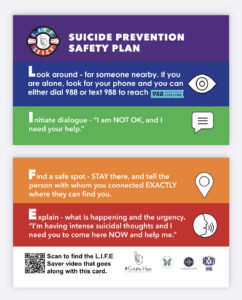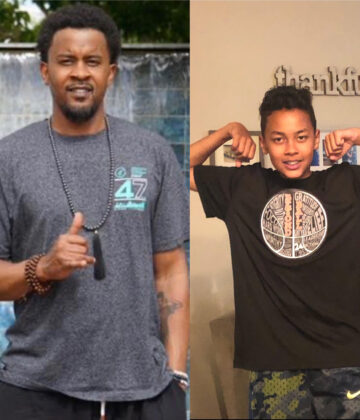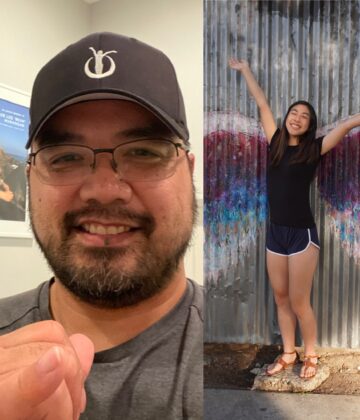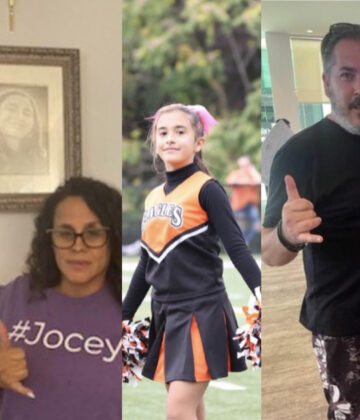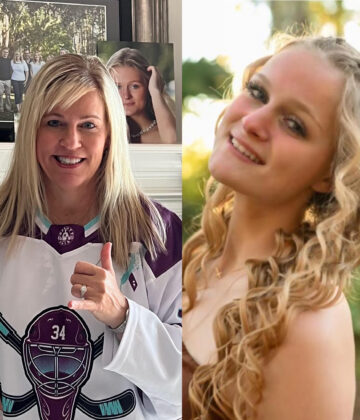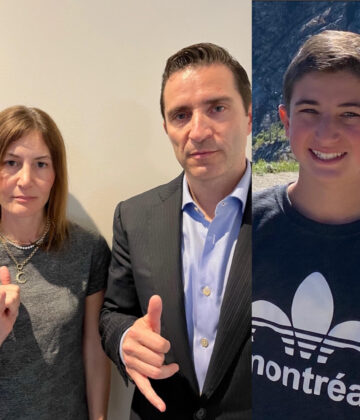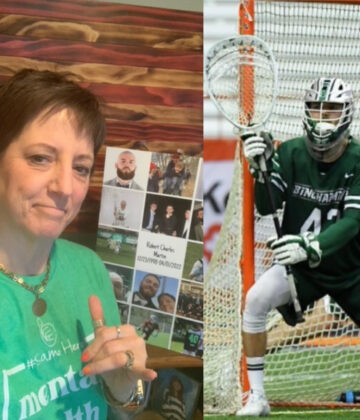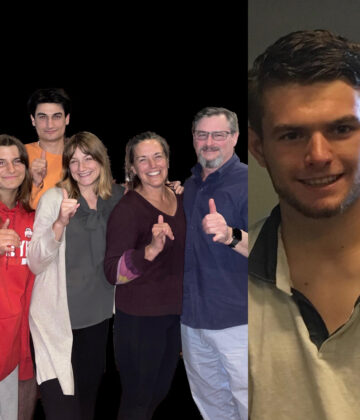“They live on through the lives their stories save.”
Real Stories, Real Change
For far too long, families who have lost loved ones to suicide have had to unfairly hide in shame. The common misconceptions about “choices” and “decisions” have loomed nastily over this topic. These brave families however have come together to share their personal stories. To be LIFE Savers. To lift that cloud of shame away – so that as a society we can openly discuss this topic just like we do any other health topic and outcome.
Every other day in May, a new story will be shared. Through these stories, you’ll discover that suicide is not simply a choice or decision someone makes. It often stems from declining mental health—sometimes unnoticed as “severe,” even by those experiencing it—caused by a range of factors that overwhelm cognitive and rational thought processes, leading to what can be described as “error messages” of self-harm.
Shared to Educate
Learning Through Personal Experiences
By educating ourselves about what these error messages feel like and sound like in someone’s mind, we can better prepare individuals with a positive plan of action, provide hope, and improve outcomes.
The loved ones these families have lost had incredible traits and qualities, many of which you’ll learn about. There are also striking commonalities in their experiences. These families have come together, partnering with the memories of their loved ones, and are sharing their stories courageously as LIFE Savers. Their goal is to encourage open discussions about this topic so that more people recognize the signs and we can prevent tragedies.
Be a Part of the Change
#SameHere LIFESaver Families
A message from #SameHere Global Founder, Eric Kussin:
I can’t thank these LIFE Saver Families enough for coming together to share their stories. Connecting with them has resulting in some of the most meaningful work I’ve been fortunate enough to do. They are each navigating a heartbreaking path they never expected to walk, but finding hope and purpose through sharing their stories, connecting with others and advocating for suicide prevention. These are commonalities I share with these families – along with my own personal experience with suicidal ideations that seemingly came “out of nowhere.”
Along with these families, our goal is to change the conversation around suicide. If you leave this page armed with new understanding, the effects will certainly ripple outward. Here are a few of the most important ideas we must transform:
Talking about suicide does NOT cause more suicides. When we talk openly about suicide, we see more help-seeking behaviors take place.
Suicide is most often not a choice, but an impulse/error message in the brain. Take, for instance, that 71% of suicide attempt survivors had ideations within only ONE hour of their attempt. 25% within five minutes of their attempt.
Suicide happens TO people, in the same way cancer or other diseases happen to people. Plaque builds in our arteries over time, sugar builds in our blood stream over time, problematic cells replicate in our bodies over time leading – to heart disease, diabetes and cancer. Stress and trauma build silently in our Central Nervous System due to challenging life events we live through (on top of our genetics and lifestyle). This can lead to dysregulated nervous systems where self-harm messages happen to us.
Suicide and shame are currently inextricably linked. The common terminology, such as “committed” or “took their life” implies someone did something wrong that is shameful. However, this is wrong and must change. Just like any other death, something happened to someone. If someone’s brain breaks down from brain cancer or dementia, we don’t shame them. Same should be the case here. We look forward to continuing to change the narrative with you all and hope you will check-out the first-person LIFE Saver suicide prevention tool below.
New Steps for Mental Health
Suicide Prevention Safety Plan
In school we all learn “Stop, Drop, and Roll” for fire safety – to be preventative at a young age. Despite the fact that many more of us have suicidal thoughts than will ever catch on fire, we traditionally have never had a formal safety plan taught in schools as to what steps we should follow if suicidal thoughts arise. Now, with this “L.I.F.E. Saver” tool, every school, community group in the world can implement a simple safety plan for their students, members.
This is a tool, accompanied by a free video, from a diverse and impressive set of advocates. We are serious about being preventative about suicide and suicidal thoughts. If you are as well, please make use of this video and order the number of posters your school/district, group (or office) needs. You can also inquire about L.I.F.E. Saver cards for wallets and purses. If you have questions and want to hear more about this L.I.F.E. Saver tool, the presentation that accompanies it, or any other #SameHere Schools Program, email us at: schools@samehereglobal.org
A Lesson for Everyone
Introductory Video About The Suicide Prevention Safety Plan
Prevention in Every Space
L.I.F.E. Saver Poster Order Form
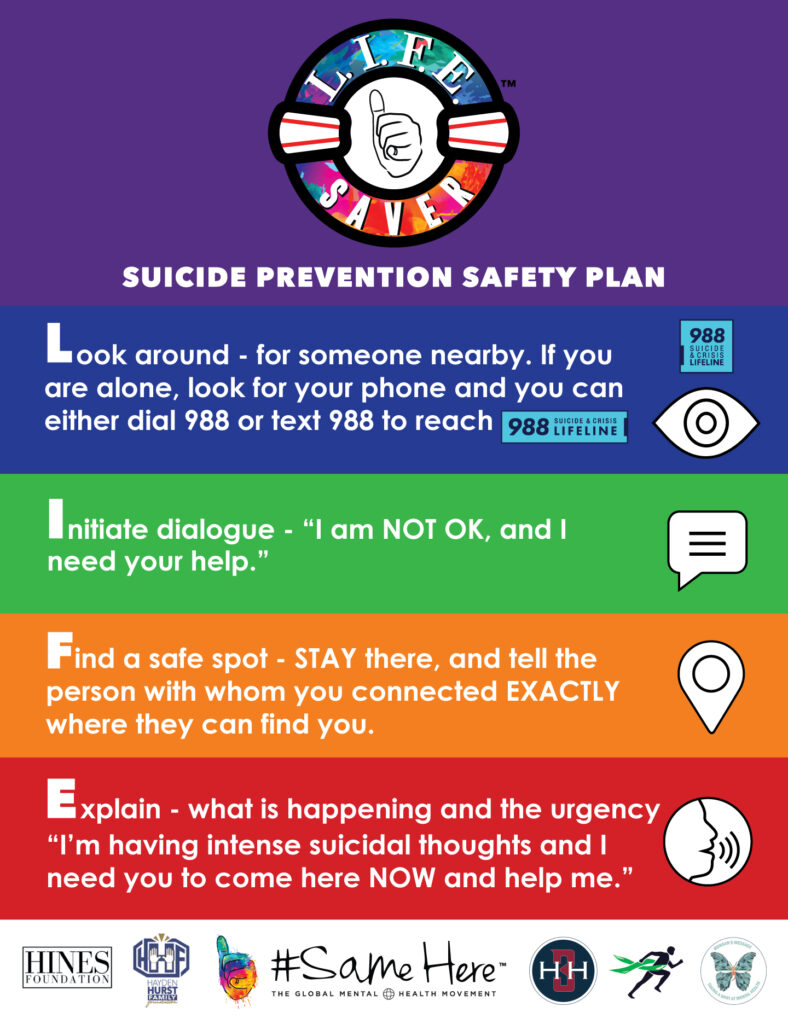
Let’s Make Safety a Standard
L.I.F.E. Saver Cards (Credit Card Size)
